Tata Motors, one of India’s most prominent automotive manufacturers, has officially announced a price hike across its lineup of vehicles. This decision, which will affect select models in Tata Motors’ range, comes as a response to the increasing costs of raw materials, supply chain challenges, and inflationary pressures that have been impacting the global automotive industry. As a result, buyers in India will soon see an increase in the prices of popular Tata models, making it important for potential customers to understand the reasons behind the price increase and how it may affect their purchasing decisions.
Why Is Tata Motors Raising Prices?
The primary reason behind Tata Motors’ decision to raise prices is the substantial rise in the cost of key raw materials, such as steel, aluminum, and plastics. These components are essential for the production of vehicles, and their prices have soared over the past year. With the automotive industry relying heavily on these materials, manufacturers like Tata Motors have been left with no choice but to adjust their pricing strategies to offset these increasing production costs.
In addition to raw material price hikes, the global shortage of semiconductor chips continues to affect vehicle production worldwide. These chips are vital for modern vehicles, powering essential systems such as engine management, safety features, and infotainment. The ongoing chip shortage has caused delays in vehicle production and further inflated costs for automakers, prompting Tata Motors to raise the prices of some of its vehicles.
Fluctuations in fuel prices, rising labor costs, and the overall economic uncertainty have also played a role in Tata Motors’ decision to implement a price hike. With these factors contributing to higher operational expenses, the company’s strategy to increase prices across certain models aims to safeguard its profitability while continuing to meet the demands of its customers.
Which Tata Models Will Be Affected?
The price increase announced by Tata Motors will impact a variety of vehicles across its extensive portfolio. Several of the company’s most popular models, including Tata Nexon, Tata Harrier, and Tata Tiago, are expected to be affected by the price revision.
The Tata Nexon, one of the most well-regarded compact SUVs in India, will see a price hike. With its stylish design, advanced safety features, and powerful engine options, the Nexon has become a top choice for Indian buyers. However, the price increase could affect its affordability, especially for budget-conscious consumers in the highly competitive compact SUV segment.
Similarly, the Tata Harrier, a mid-size SUV that has garnered attention for its premium features and rugged performance, will also experience a price revision. The Harrier has built a strong reputation for offering an excellent blend of performance, comfort, and safety, but with the price increase, it could become less accessible for potential buyers in the segment.
The Tata Tiago, a popular hatchback known for its affordability, stylish design, and fuel efficiency, will also see a price increase. As one of the best-selling models in Tata’s portfolio, the Tiago’s price hike may have an impact on first-time car buyers or those looking for a budget-friendly city car. Despite the increase, the Tiago’s value-for-money proposition is likely to continue attracting buyers.
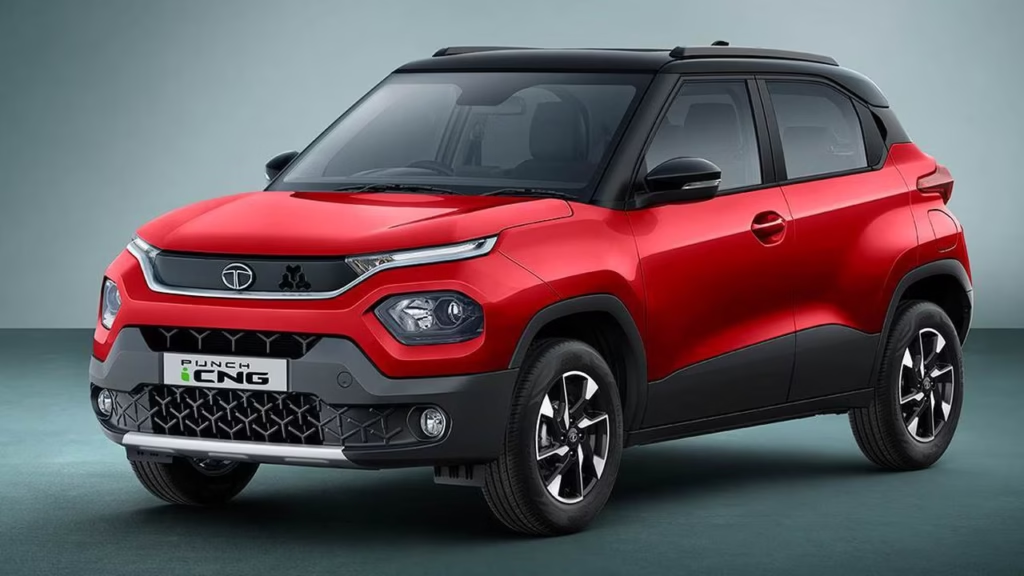
Impact on Indian Car Buyers
India’s automotive market is known for its price sensitivity, and any price increase, especially on popular models, is likely to impact potential buyers. Tata Motors has long been known for offering reliable, feature-packed cars at competitive prices, which has made it a popular choice among Indian consumers. The price hike may alter purchasing decisions, particularly for those who were considering a Tata vehicle as a budget-friendly option.
The impact will be especially noticeable in segments like compact SUVs and hatchbacks, where Tata Motors faces stiff competition from other automakers like Maruti Suzuki, Hyundai, and Mahindra. While Tata’s cars, such as the Nexon and Tiago, have established a loyal customer base, the price increase could prompt some buyers to explore other alternatives in these competitive segments.
However, Tata Motors’ focus on delivering value through strong after-sales service, advanced safety features, and fuel efficiency could help mitigate the effects of the price hike. The brand’s strong reputation for reliability and its growing portfolio of electric vehicles (EVs) could also play a significant role in maintaining consumer interest despite the price increase.
Tata Motors’ Commitment to Innovation and Quality
Despite the price hike, Tata Motors remains committed to offering high-quality vehicles with modern features and cutting-edge technology. The company has been at the forefront of introducing safety features such as multi-airbags, electronic stability programs (ESP), and advanced driver assistance systems (ADAS) in its vehicles, which have made its cars highly attractive to safety-conscious buyers.
The Tata Nexon, for example, continues to be one of the safest cars in its segment, having received a five-star safety rating from Global NCAP. This commitment to safety, combined with the Nexon’s stylish design, spacious interior, and fuel efficiency, ensures that it remains a popular choice for buyers who value both performance and safety.
In addition, Tata Motors has been actively expanding its presence in the electric vehicle market with models like the Tata Nexon EV and the Tata Tigor EV. As the Indian market shifts towards more sustainable mobility solutions, Tata’s growing EV lineup will provide customers with eco-friendly options, making the brand a key player in India’s electric vehicle revolution.
What’s Next for Tata Motors?
Looking ahead, Tata Motors is focused on continuing its growth in the Indian market by offering a diverse range of vehicles that cater to different consumer needs. While the price hike may have a short-term impact on sales, the brand’s strong reputation for quality, safety, and innovation will likely continue to attract buyers in the long run.
With the increasing demand for electric vehicles and Tata Motors’ ongoing commitment to sustainability, the company is well-positioned to stay competitive in the rapidly evolving automotive landscape. By offering vehicles that balance performance, safety, and sustainability, Tata Motors is poised to remain a prominent force in the Indian automotive market.
Conclusion
Tata Motors’ decision to raise the prices of select models comes in response to the rising costs of raw materials, supply chain challenges, and other economic factors that have affected the global automotive industry. While the price increase may affect the affordability of models like the Nexon, Harrier, and Tiago, Tata Motors continues to offer a strong value proposition with its commitment to quality, safety, and innovation.
For potential buyers, understanding the reasons behind the price revision and evaluating the long-term benefits of owning a Tata vehicle, including its strong after-sales support and fuel efficiency, will be key in making an informed purchasing decision. With a growing portfolio of electric vehicles and a reputation for durability, Tata Motors remains a trusted brand in the Indian automotive market, despite the price changes.







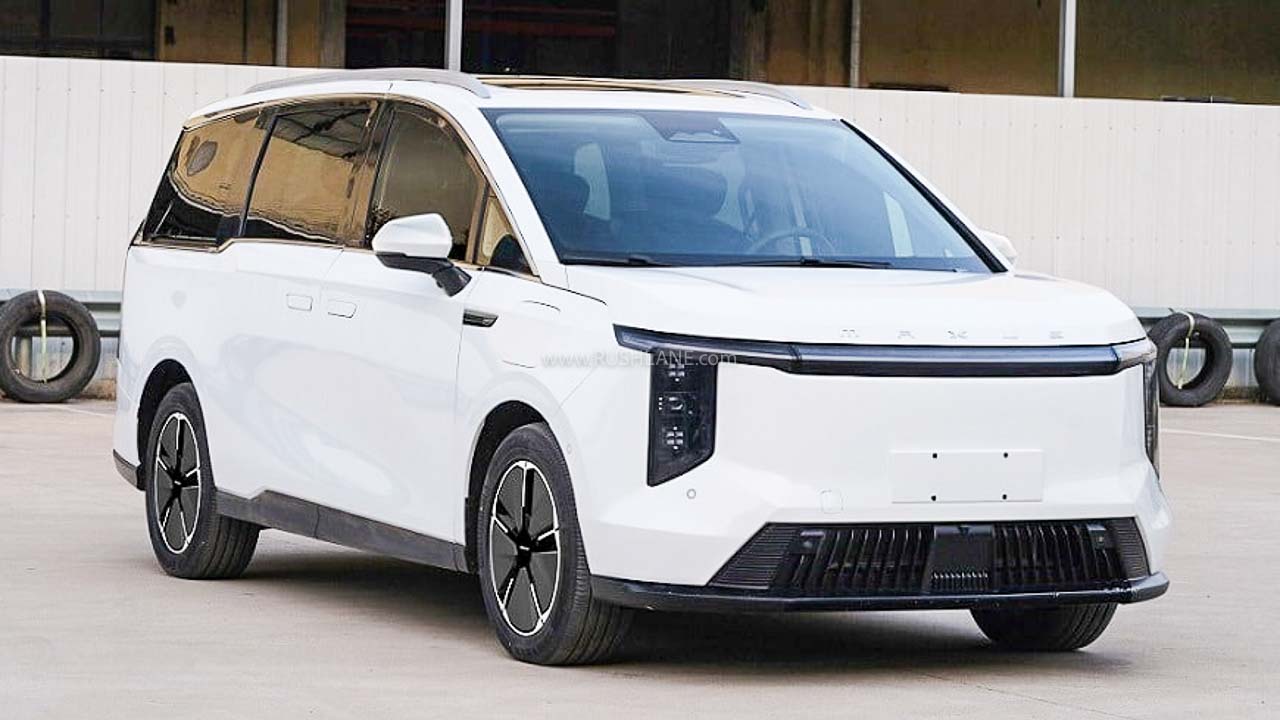
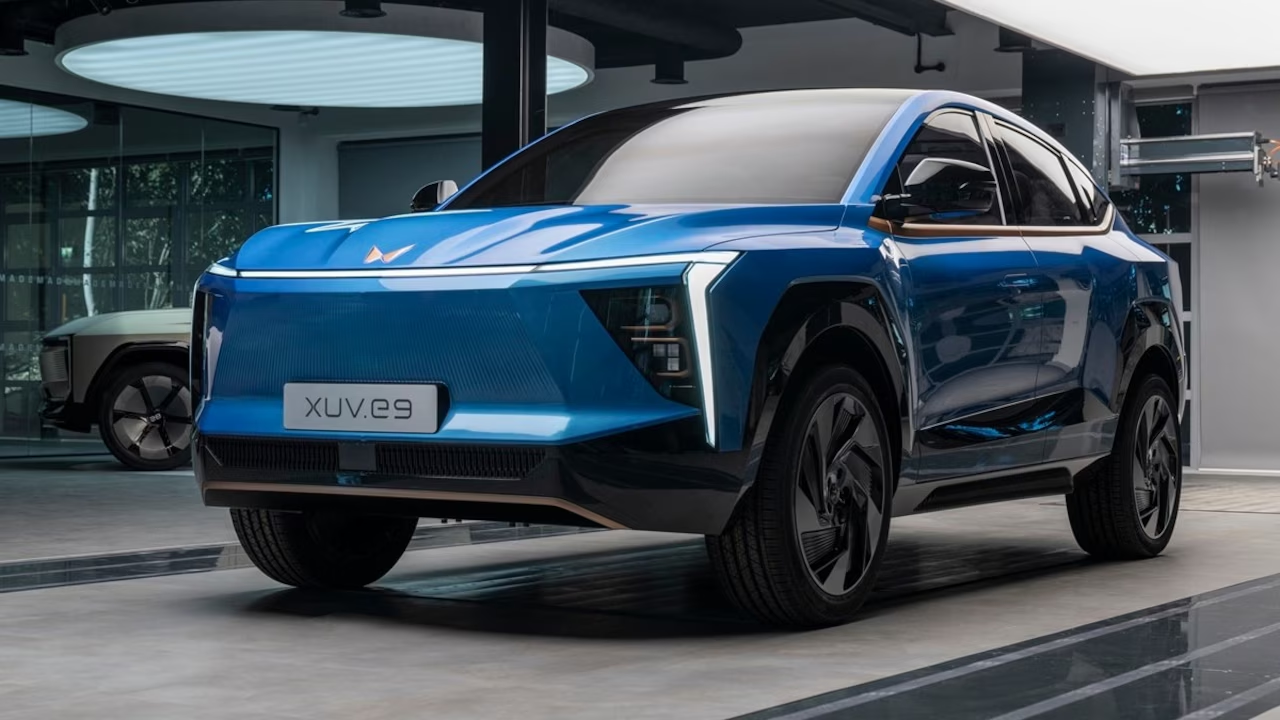
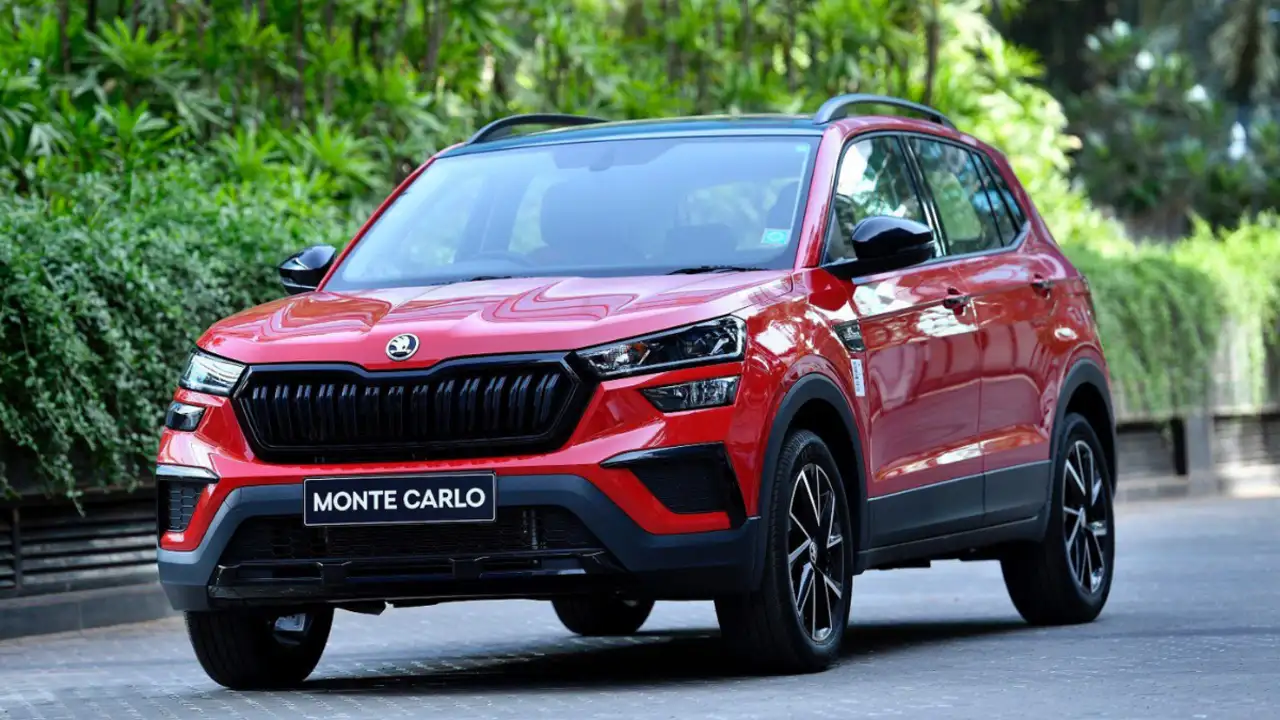
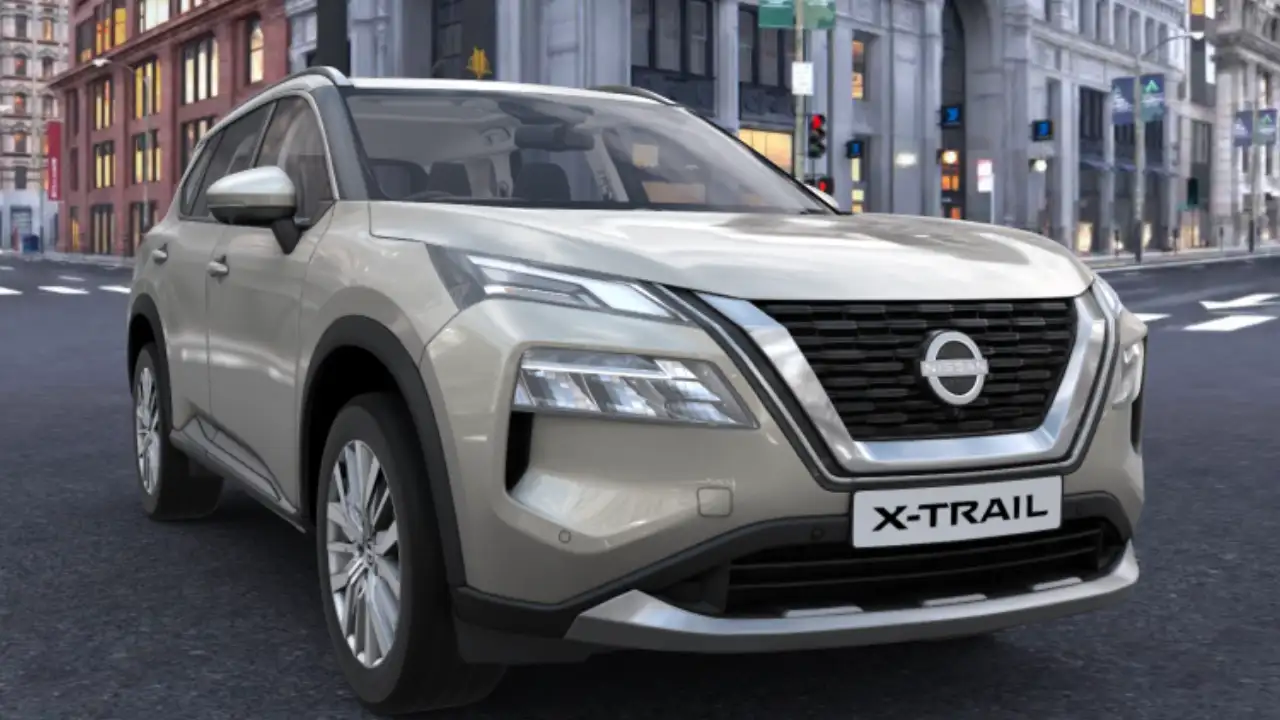
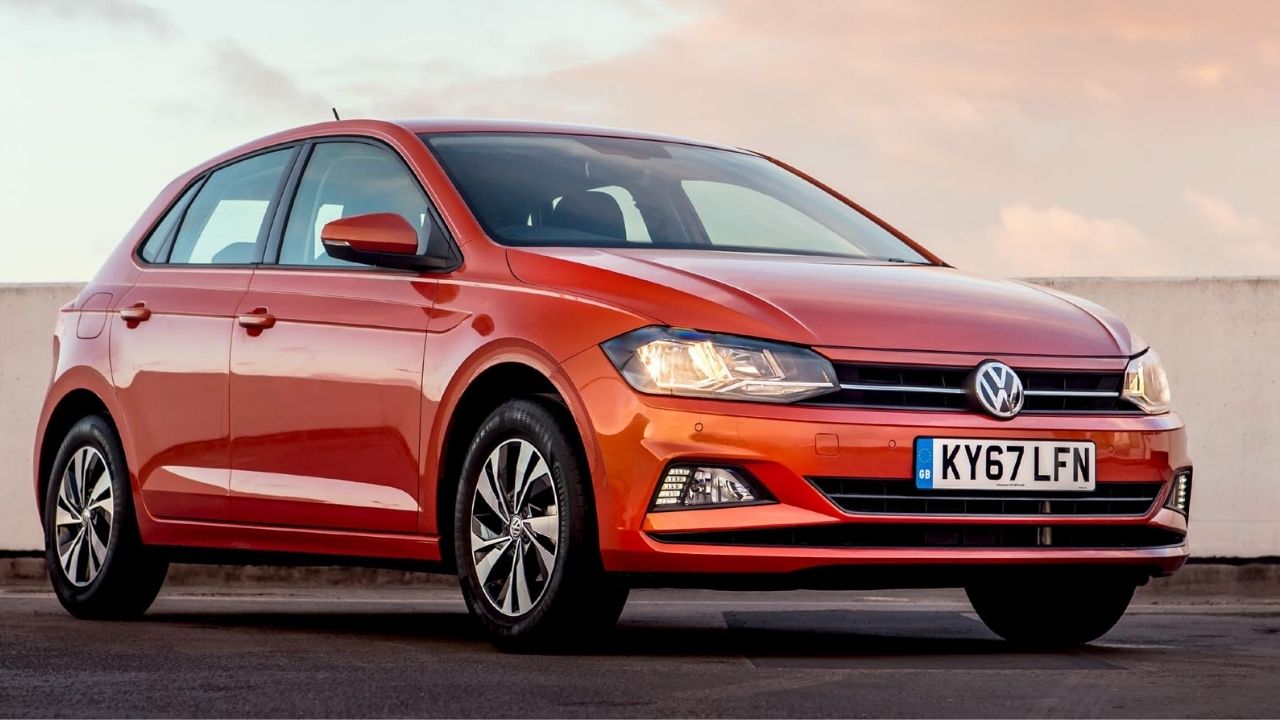
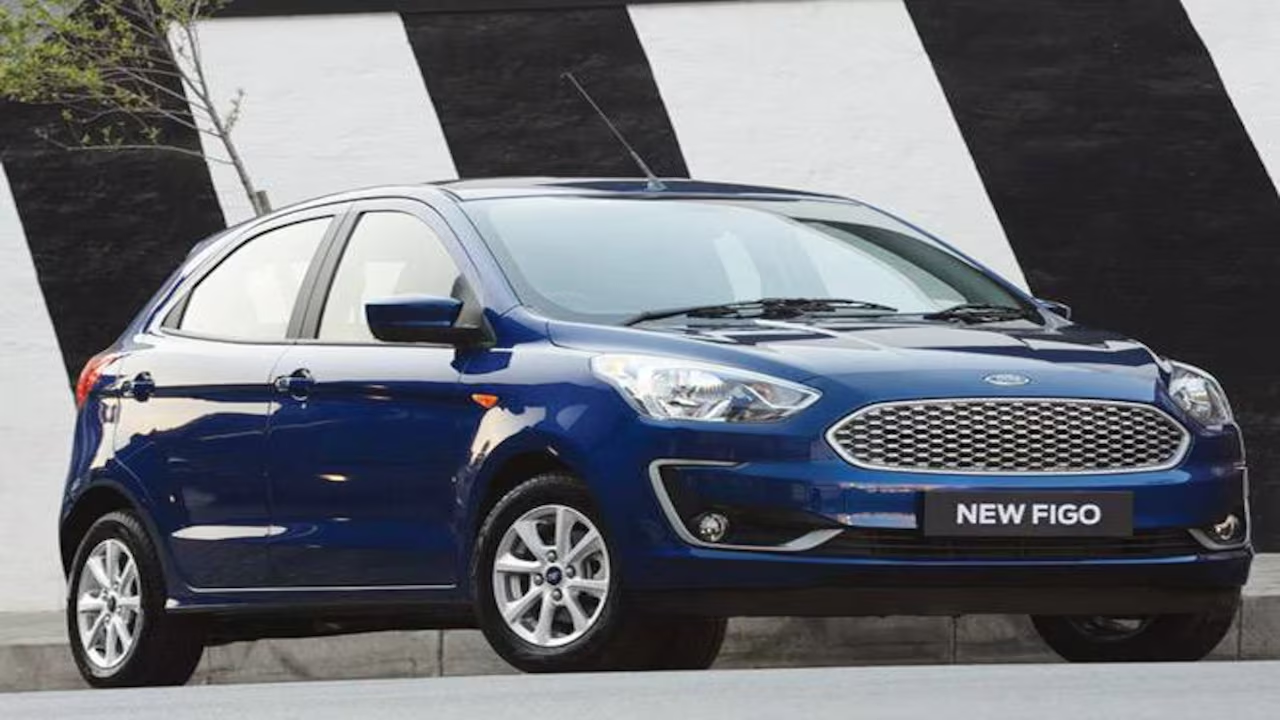
Leave a Reply